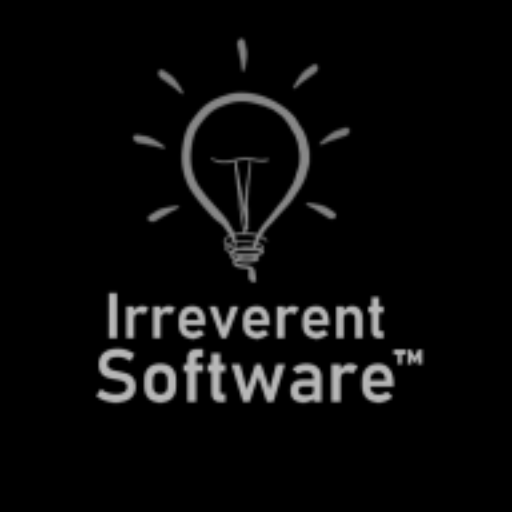To access any of the different XFur Studio 3 classes the first step is to properly include the corresponding namespace XFurStudio3. This ensures that there are no conflicts between XFur Studio 3 classes and any other scripts in your project. Since XFur Studio 3 uses custom assembly definitions to contain its classes, you must make sure to reference the correct assemblies from your own.
using UnityEngine;
using XFurStudio3;
public class MyClass:MonoBehaviour{
//Your code goes here
}
While all the public accessible code meant to be available to your game is extensively commented and has contextual “<summary>” declarations to ensure in-line help pops out in your IDE, this section of the manual will cover the basics of interacting with XFur Studio 3 through code as well as using the brand new XFurStudioAPI
Your main point of access for the whole XFur Studio 3 code should always be the XFurStudioInstance component. To get a reference to the component use a standard GetComponent<T>() call from within your script like you would for any other component in Unity.
using UnityEngine;
using XFurStudio3;
public class MyClass:MonoBehaviour{
public XFurStudioInstance xfur;
void Start(){
xfur = GetComponent<XFurStudioInstance>();
}
//Your code goes here
}
Once you have this reference, you are ready to access all the settings and features from XFur like we will see in the following sections.
